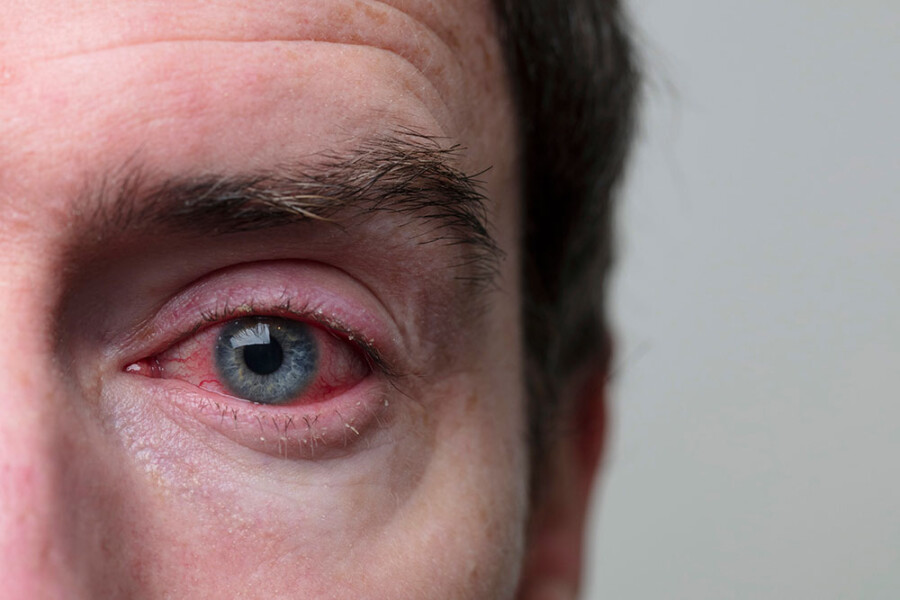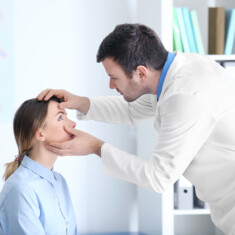What are the different kinds of dry eyelids?
Dry eyelids can be caused by a number of different conditions: contact dermatitis, atopic dermatitis, lifestyle choices and blepharitis.
Contact dermatitis is caused when something comes in contact with your eyes or you are allergic to something. Often finding the irritant and avoiding it will sort out the issue. Common irritants include: makeup and sunscreen, chlorine which is often in a swimming pool, skin care products, wind and dust in the air or a particular soap or detergent.
Atopic dermatitis, which is more commonly referred to as eczema is more common in children but can also occur in adults. It can occur anywhere on your body including the eyelids and will result in dry, red, flaky skin. It often flares up and calms down periodically.
Blepharitis is a more aggressive form where both eyelids will become inflamed. It is caused by the tiny oil glands at the base of your eyelashes becoming blocked, this in turn causes redness, irritation, crustiness and dryness. Your eyes in turn will become red, swollen and watery.
The specific cause of blepharitis isn’t clear, but it has ties to several conditions including allergies, Rosacea, infections and dry eye disease.
How can you treat dry eyelids caused by dry eye disease?
The first point of call should be to visit your doctor or dry eye specialist, they can diagnose your condition and help you come up with a treatment plan.
If you have blepharitis, they may prescribe antibiotic eye drops to fight the inflammation or eye drops to lubricate the eyes.
Eye drops only provide temporary relief for people who suffer from dry eyes, they do not treat the inflammation, and unless used repeatedly, the symptoms will remain. Luckily, there’s aneffective solution to address dry eye signs on the market: OptiLIGHT.
OptiLIGHT addresses the root cause of dry eye disease, which is inflammation. This non-invasive light-based treatment is performed gently on the skin below the eyes. Lumenis light therapy is the first and only FDA-approved for dry eye management. It is a safe, quick, and scientifically backed procedure with over 40 clinical studies to support its effectiveness.
Why choose OptiLIGHT?
The answer is simple – because of its effectiveness in dry eye management. Not only is it difficult to sustain a regimen of eye drops, compresses and warm showers, the relief they provide is only temporary. OptiLIGHT treatment includes a course of 4 sessions of about 15 minutes each that address the inflammation and reduces dependency on regular eye drops.
Ask your dry eye professional about OptiLIGHT.







